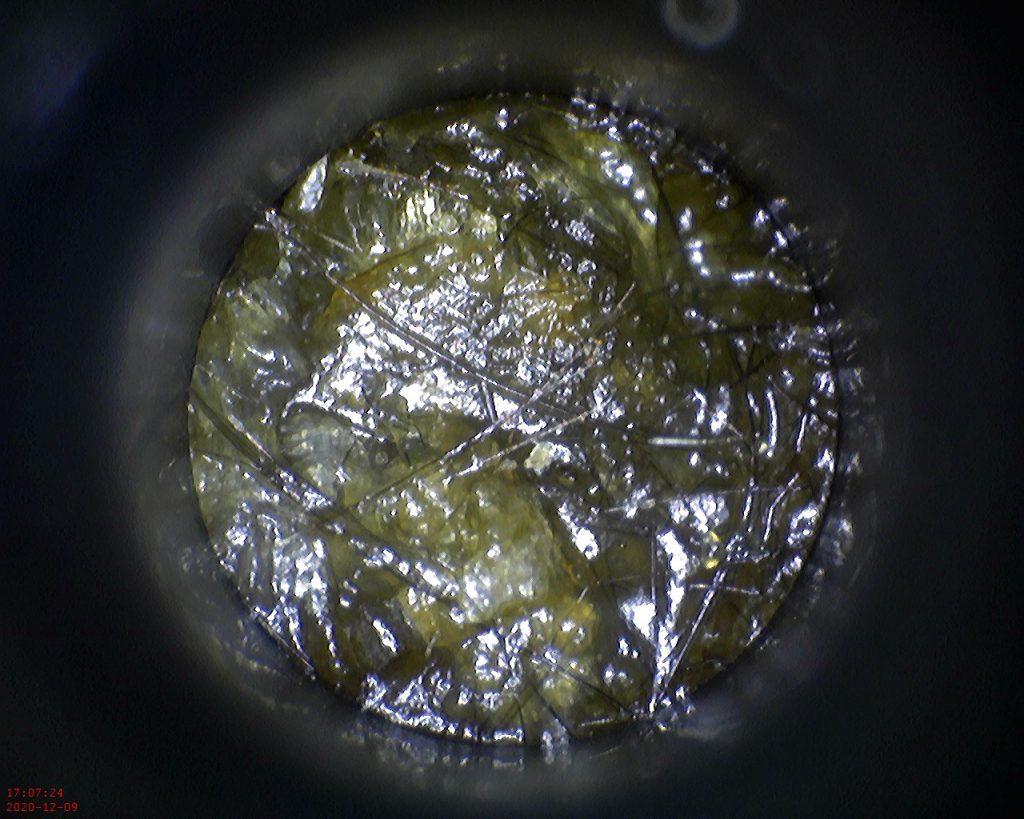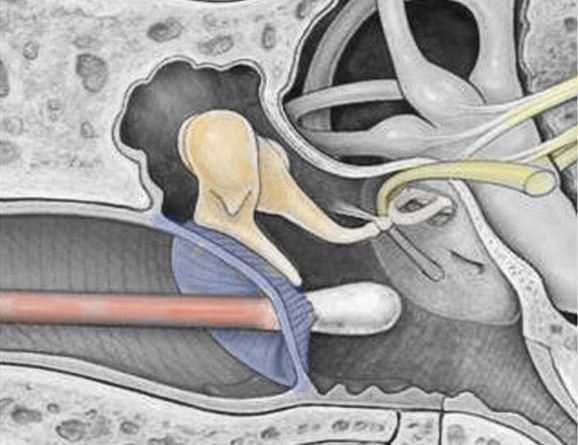What is ear syringing?
Ear syringing is a method of ear wax removal using a syringe of water to dispel any wax from the ear. Ear irrigation is similar as it also requires water, however, it is performed under a controlled pressure. Ear syringing used to be commonly available in GP practices but this service is now limited; it may depend on your GP practice, the funding available and whether you are a hearing aid user or not in order to get an appointment. Unfortunately, it is likely that you will have a long wait to be seen.

Are there any risks with syringing?
Ear syringing involves using water so there is an increased risk of infections particularly if you are prone to ear infections already. It is therefore, unsuitable for anyone with a perforated ear drum as there is the added risk of the infection travelling further into the inner ear. Since ear syringing is performed ‘blind’ or not under direct observation there are more risks of causing damage.
Do I need earwax removal?
Earwax is normal, it is simply a collection of debris from our environment, natural oil and dead skin. Wax eventually works its way outwards, so you don’t need to do anything, not even use cotton buds. In fact, using cotton buds can push wax deeper. The skin in your ear canal is quite sensitive and using cotton buds can actually peel away the skin resulting in redness.
Quite often just using some olive oil (providing there is no history of infections or ear conditions), will help to remove small amounts of wax. You can find out which different olive oil/ear drop types are available by contacting your local pharmacy.
What if olive oil for earwax removal doesn't work?
If olive oil doesn’t work then ear syringing is an option as mentioned above and this can be arranged by contacting your GP Practice. Unfortunately, due to the risks involved and waiting lists ear syringing isn’t readily available. The alternative is microsuction. Microsuction earwax removal is performed under direct observation using a suction probe, so there are less risks than syringing or irrigation. Find out more about microsuction here.
Can I use cotton buds for earwax removal?
Whilst you may see wax at the end of a cotton bud or Q-tip, this isn’t advised. Mainly because you risk pushing wax further into the ear or worse, perforating your ear drum. As an audiologist, I have had to remove lots of cotton bud ends from ears. If cotton buds remain in the ear for prolonged lengths of time you run the risk of ear infections and further damage to the ear and your hearing.

What is the safest way to remove earwax?
The safest method and gold standard for earwax removal would be microsuction. This involves using a vacuum to remove the earwax. For most people, softening of earwax with olive oil isn’t required. It is performed with magnifying glasses or loupes so the ear can be clearly visualised.
Three reasons you should avoid syringing:
-
Only suitable for soft wax
Syringing requires any ear wax to be soft, this is because of the pressure used to push the water in and wash the wax out.
-
Unsuitable for perforations
If you have a perforation, there is a risk of infections and further damage with ear syringing.
-
Not performed under direct observation
Ear syringing is performed 'blind'. This means that the practice nurse or technician will be performing the procedure without being able to visualise where the wax and ear drum is.
Impacted Earwax
Learn why wax becomes impacted and what to do about it.
What is earwax?
Is there a reason you produce more wax than others?
